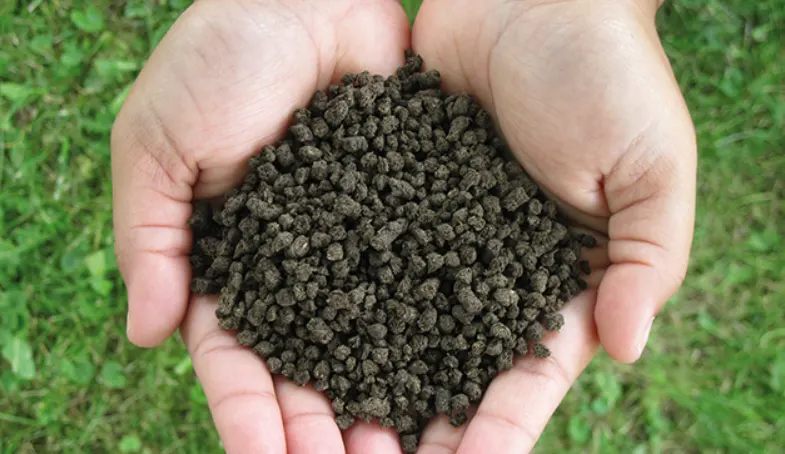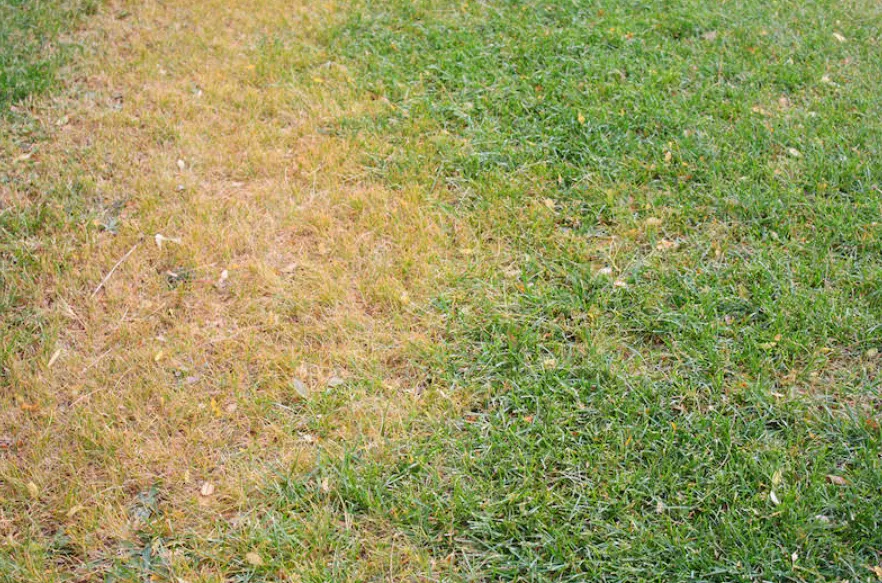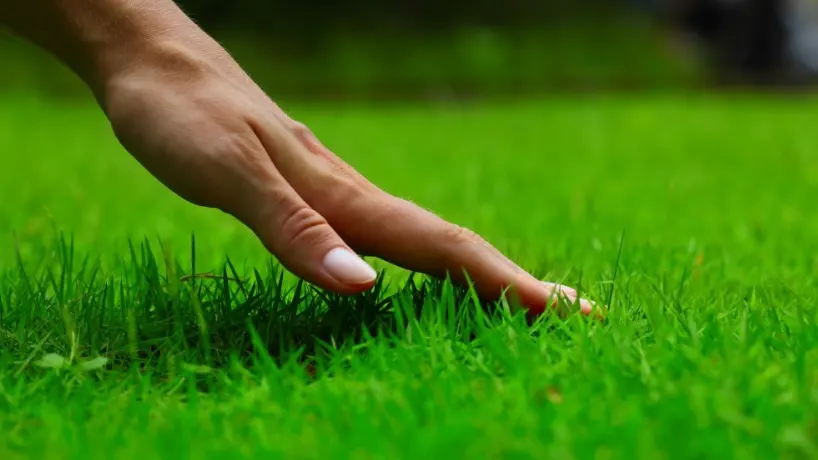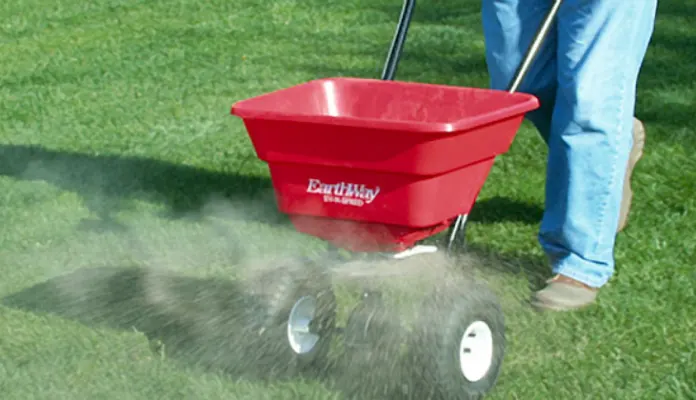Lawn fertilizer
All about lawn fertilization
The question of whether or not to fertilize your lawn is much debated, based on the spectrum of low-impact organic/chemical fertilizers. Organic gardeners who lament the use of any or all chemicals say not to fertilize the lawn at all. Otherwise, applying lawn fertilizer gets all kinds of fertilizer into the water supply. There is compelling evidence to support this position because the contamination of rivers, streams and groundwater with phosphorus and nitrogen from lawn and crop fertilizers is a serious problem.
But for most of us, the craving for a beautiful green lawn is so strong that we, at least some of us, are willing to apply fertilizer to our lawn.
For lovers of organic fertilizers, here’s a safe way to fertilize your lawn.
First, you can use a fine-rooted lawn wash to shred the grit in your lawn. Horticulture experts say this can provide as much nitrogen as one full application of manure to your lawn in a season.
There are also natural organic fertilizers made from natural substances rather than purified chemicals. While these organic fertilizers are somewhat less saturated with key nutrients (nitrogen, phosphorus and potassium, abbreviated NPK) than industrially purified fertilizers, they will actually improve the grit of your lawn.

However, many people choose traditional chemical fertilizers, which are widely available in hardware stores, home improvement centers and garden stores. The manufacturer of this product knows how to use this product properly and adjusts the mix for that year. For example, look for products designed for early season feeding, midsummer fertilizer and late season weed creation mixes. There are also products that combine fertilizers with herbicides or preventative formulations to kill weeds or prevent them from sprouting. Therefore, it is very important to read the labels on the products.
Organic fertilizers, Over fertilization lawn
Pay attention to fertilizer application

Where you should ask about fertilizer manufacturers’ recommendations is the amount and frequency recommended on the label. Fertilizer packets are a little overpriced. This is understandable because they want to sell their products and are interested in effective fertilizer application. So, read these recommendations carefully.
A healthy lawn will be a light shade of lettuce. If you see a deep, almost dark green lawn, it’s probably heavily fertilized. That dark green color comes from a lot of nitrogen in your lawn, and before you admire it, keep in mind that almost certainly some of that fertilizer has ended up in streets, storm drains, streams and rivers.
Best recommendation: start with light, which is about half of the recommended fertilizer. If you’re not satisfied with the results, you can apply again. After a year, two or three years, you can clearly see how much money it costs to get an acceptable bright green lawn.
When to fertilize
lawn fertilizer spreader

When it comes to more eco-friendly plants, homeowners can build their root system and eliminate all fertilizer next spring and summer with one ultra-cheap lawn enhancement product. As you go, except for nitrogen, which provides lawn mulch. However, more conventional homeowners can apply as a “lawn builder” to fertilize twice or up to three times a year in the spring and once in mid-summer and early fall when needed. The actual timing at these times will vary depending on the area and type of lawn, so please consult a good garden center or university office near you.
Lawn fertilizer for spring
Maximize your application in the spring

Spring fertilization is recommended as part of a complete lawn care program, but applying too early can disrupt the entire program. In the spring, when the cool grass “rises up,” the root system begins to grow and enters the natural growth cycle with the accumulation of carbohydrate (energy) deposits. In addition, fertilizing last fall, especially late in the season, still slows down the slow release function of fertilizer, providing additional greens in the spring. Early spring fertilization is often recommended by fertilizer manufacturers and lawn care services, but not by agronomists and lawn specialists.
So, rather than fertilize in early spring, it is better to wait until late spring (late May or early June), just before late summer and after the grass has grown a lot. This prepares the turf in the summer, as the turf slows down carbohydrate production and begins to use the reserve. Feeding 3 / 4 to 1.0 pounds of slow-release nitrogen allows plants to rebuild their energy (carbohydrate) reserves and avoid summer stresses such as drought, heat, traffic, disease and insects. Slow-release fertilizer coated with IBDU or polymer can feed grass for up to 12 weeks.
Fertilizer
Post-spring fertilization

Warm-season grasses multiply in the summer heat and fertilize throughout the growing season. However, cool-season grasses are in survival mode during the summer heat, and the redness provided by fertilizer is not recommended if the lawn is stressed and vulnerable. Until September, cool-season lawns require no additional inputs other than water and comprehensive pest control. If your lawn is in a normal lawn seed mix during the cold season, you should fertilize your lawn in mid-summer.
According to the recommendations of most lawn care professionals, even though lawns are still actively growing for a few weeks before they go into dormancy, it is recommended that you “poison” fertilize at the beginning or middle of the season. It will help you build a strong root system in the winter and jump-start your lawn in the spring. This can be a fairly light use, so it should not be aimed at returning your lawn to its summer greenery. There is a natural slowing of growth in the fall, and you should expect the grass to start losing its green luster.
Comprehensive fertilizers and weed control products
Emergency herbicides applied in early spring usually include fertilizer, but are not considered only in small quantities for food. Fertilizers from emergency herbicides grow on lawns, while herbicides limit seedling development. Some early emergency herbicides have a negative effect on weeds, and fertilizing will keep the lawn in good condition while the herbicide is working.
Manure for lawn
After fertilization
It is best to combine fertilization with the product during the rainy season or watering at least 1/4 inch. Grasses fertilized with slow-release fertilizer do not need to be fertilized for up to 12 weeks, whether watering or overwatering. before a thunderstorm. Do not fertilize as there is a chance of nutrients entering the drain during a thunderstorm.

The lawn should not only be mowed and watered, but also fertilized, and this should be done regularly.






